Reviews

Persepolis: The Story of a Childhood (Persepolis #1-2)
In powerful black-and-white comic strip images, Satrapi tells the story of her life in Tehran from ages six to fourteen, years that saw the overthrow of the Shah’s regime, the triumph of the Islamic Revolution, and the devastating effects of war with Iraq. The intelligent and outspoken only child of committed Marxists and the great-granddaughter of one of Iran’s last emperors, Marjane bears witness to a childhood uniquely entwined with the history of her country.

The Only Living Boy (The Only Living Boy #1)
The Only Living Boy tells the story of 12-year old Erik Farrell, who runs away from home only to find himself without his memory, stranded on a patchwork planet with danger lurking around every corner. Every day is a struggle to survive. Erik quickly allies himself with Morgan, a mermaid warrior and Thea, a teenage princess from a mysterious insect race. He'll need their help to escape the Dreaded Lord Baalikar and the evil Doctor Once and maybe, one day, find his way back home.

Dragon and Captain
“Hey, Pirate. What are you doing in my sandbox?” “I'm not a pirate. I'm the captain of a ship.” What is Captain doing in Dragon's sandbox? He is moping. Because he’s lost his ship. “Oh, no! I'll help you find it! Come on!” “Where are we going?” “To my cave! I know I have a map somewhere.”
Armed with a (toy watch) compass, a (paper-towel tube) telescope, and a (hand-drawn) map, Dragon and Captain set off on a great adventure. Dragon is a boy in pajamas and a dragon robe. Captain is a boy with a three-sided hat. But as the boys' imaginations take over, we see them as they see themselves and the backyard as the boys see a dark forest, a craggy cliff, and the immense sea. Illustrated like a comic book, this book is a fantasy-filled graphic novel for the picture book set. Young readers will be enchanted with—and parents will appreciate—the creative backyard play, in which the boys use the simplest found items and the backyard features to create an elaborate adventure. Can Dragon and Captain find the lost ship before lunch?
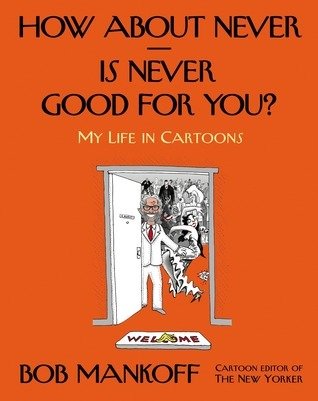
How about Never, is Never Good For You?
Memoir in cartoons by the longtime cartoon editor of The New Yorker
People tell Bob Mankoff that as the cartoon editor of The New Yorker he has the best job in the world. Never one to beat around the bush, he explains to us, in the opening of this singular, delightfully eccentric book, that because he is also a cartoonist at the magazine he actually has two of the best jobs in the world. With the help of myriad images and his funniest, most beloved cartoons, he traces his love of the craft all the way back to his childhood, when he started doing funny drawings at the age of eight. After meeting his mother, we follow his unlikely stints as a high-school basketball star, draft dodger, and sociology grad student. Though Mankoff abandoned the study of psychology in the seventies to become a cartoonist, he recently realized that the field he abandoned could help him better understand the field he was in, and here he takes up the psychology of cartooning, analyzing why some cartoons make us laugh and others don't. He allows us into the hallowed halls of The New Yorker to show us the soup-to-nuts process of cartoon creation, giving us a detailed look not only at his own work, but that of the other talented cartoonists who keep us laughing week after week. For dessert, he reveals the secrets to winning the magazine's caption contest. Throughout How About Never--Is Never Good for You?, we see his commitment to the motto "Anything worth saying is worth saying funny."

Can’t We Talk About Something More Pleasant?
In her first memoir, Roz Chast brings her signature wit to the topic of aging parents. Spanning the last several years of their lives and told through four-color cartoons, family photos, and documents, and a narrative as rife with laughs as it is with tears, Chast's memoir is both comfort and comic relief for anyone experiencing the life-altering loss of elderly parents.
When it came to her elderly mother and father, Roz held to the practices of denial, avoidance, and distraction. But when Elizabeth Chast climbed a ladder to locate an old souvenir from the "crazy closet"--with predictable results--the tools that had served Roz well through her parents' seventies, eighties, and into their early nineties could no longer be deployed.

Shortcomings
“Shortcomings”, Adrian Tomine's first long-form graphic novel, is the story of Ben Tanaka, a confused, obsessive Japanese American male in his late twenties, and his cross-country search for contentment (or at least the perfect girl). Along the way, Tomine tackles modern culture, sexual mores, and racial politics with brutal honesty and lacerating, irreverent humor, while deftly bringing to life a cast of painfully real antihero characters. A frequent contributor to “The New Yorker”, Tomine has acquired a cult-like fan following and has earned status as one of the most widely acclaimed cartoonists of our time.
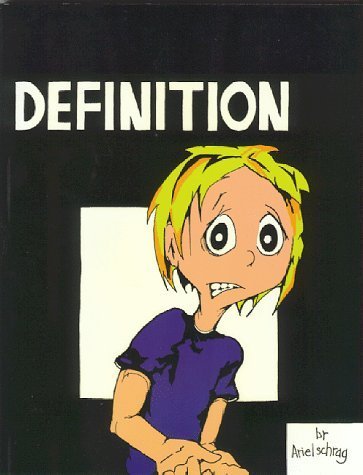
Definition (High School Chronicles #2)
Tenth grade: anxiety in excess and frustration to the fullest. Definition is the tale of one girl's plow through this tumultuous year, featuring fervent obsession for glitter-laden girls, ionic charges, and the constant pursuit of the number one score.
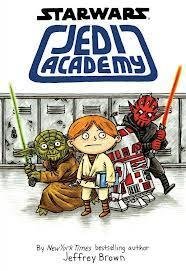
Star Wars: Jedi Academy (Jedi Academy #1)
This incredible, original story captures all of the humor, awkwardness, fun, and frustrations of middle school--all told through one boy's comics, journal entries, letters, doodles, and newspaper clippings. The setting? A galaxy far, far away...
Roan's one dream is to leave home and attend Pilot Academy like his older brother, father, and grandfather. But just as Roan is mysteriously denied entrance to Pilot School, he is invited to attend Jedi Academy--a school that he didn't apply to and only recruits children when they are just a few years old. That is, until now...

Are You My Mother?
From the best-selling author of “Fun Home”, Time magazine’s No. 1 Book of the Year, a brilliantly told graphic memoir of Alison Bechdel becoming the artist her mother wanted to be.
Alison Bechdel’s “Fun Home” was a pop culture and literary phenomenon. Now, a second thrilling tale of filial sleuthery, this time about her mother: voracious reader, music lover, passionate amateur actor. Also a woman, unhappily married to a closeted gay man, whose artistic aspirations simmered under the surface of Bechdel's childhood . . . and who stopped touching or kissing her daughter good night, forever, when she was seven. Poignantly, hilariously, Bechdel embarks on a quest for answers concerning the mother-daughter gulf. It's a richly layered search that leads readers from the fascinating life and work of the iconic twentieth-century psychoanalyst Donald Winnicott, to one explosively illuminating Dr. Seuss illustration, to Bechdel’s own (serially monogamous) adult love life. And, finally, back to Mother—to a truce, fragile and real-time, that will move and astonish all adult children of gifted mothers.
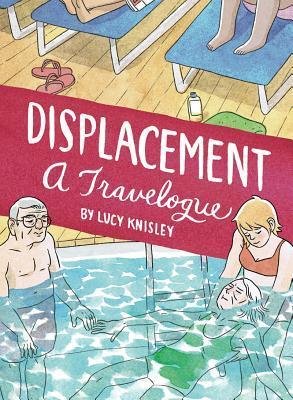
Displacement: A Travelogue
In her graphic memoirs, “New York Times” bestselling cartoonist Lucy Knisley paints a warts-and-all portrait of contemporary, twenty-something womanhood, like writer Lena Dunham (Girls). In the next installment of her graphic travelogue series, “Displacement”, Knisley volunteers to watch over her ailing grandparents on a cruise. (The book s watercolors evoke the ocean that surrounds them.)
In a book that is part graphic memoir, part travelogue, and part family history, Knisley not only tries to connect with her grandparents, but to reconcile their younger and older selves. She is aided in her quest by her grandfather s WWII memoir, which is excerpted. Readers will identify with Knisley s frustration, her fears, her compassion, and her attempts to come to terms with mortality, as she copes with the stress of travel complicated by her grandparents frailty

